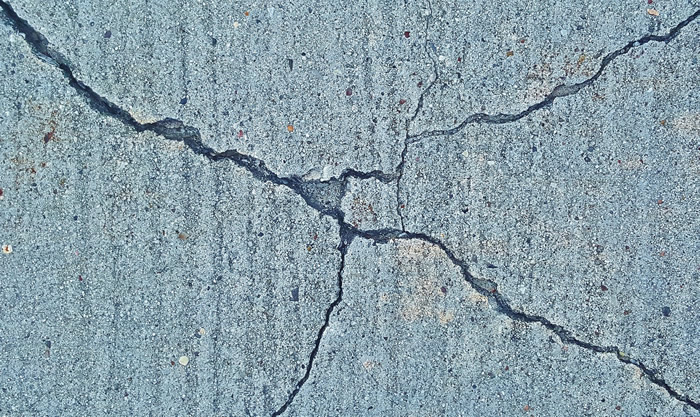Seismic shield: large-scale metamaterials combat earthquakes in 3D model
Metamaterials – artificial structures that exhibit extraordinary vibrational properties – could come to the rescue of regions threatened by earthquakes, according to new results published in the New Journal of Physics. The study, performed by researchers in Europe and involving detailed computer simulations, shows that large-scale metamaterials can attenuate the energy and amplitude of harmful low-frequency vibrations associated with seismic shocks.
Today, large structures such as bridges and office blocks are protected against earthquakes through vibration isolation strategies. However, these approaches can be difficult to implement retrospectively, especially in historical buildings, and only apply locally. Shielding vulnerable structures using large-scale metamaterials – which inhibit the propagation of incoming seismic waves through interference effects – could help to protect a much wider area without any direct modification to existing buildings in the region.
One of the simplest and most effective seismic shields proposed by the team involves digging 2-3 rows of equally spaced cross-shaped cavities in the ground. “The exact dimensions will depend on the soil type and the frequency range of the shield,” explained Marco Miniaci of the Universities of Torino and Le Havre. “For sandy conditions and low-frequency seismic excitations, the width, spacing and depth of the cavities, which should be lined with concrete to prevent the surrounding soil from collapsing, could reach 10 metres.”
To extend the performance of the protective structure, the group proposes adding a number of smaller cylindrical cavities measuring 2m in diameter. There are other tweaks that can be applied too.
By scaling down the size of the array, the shield’s properties could be redirected towards similar problems occurring at higher frequency ranges. Scenarios include vibration prevention in the vicinity of high-speed train networks or heavy tramways. Blast protection could be another potential application.
“The next steps should involve experimental tests using scaled models in specialized geotechnical seismic and vibration labs,” said Miniaci. “This would provide further validation of the proposed structures and help to build on earlier work in the field.”
Other researchers contributing to the project include Anastasiia Krushynska and Federico Bosia of the University of Torino, and Nicola Pugno of the University of Trento, FBK Trento and Queen Mary University of London.


Comments are closed, but trackbacks and pingbacks are open.